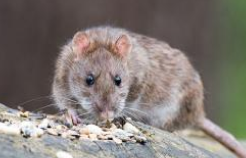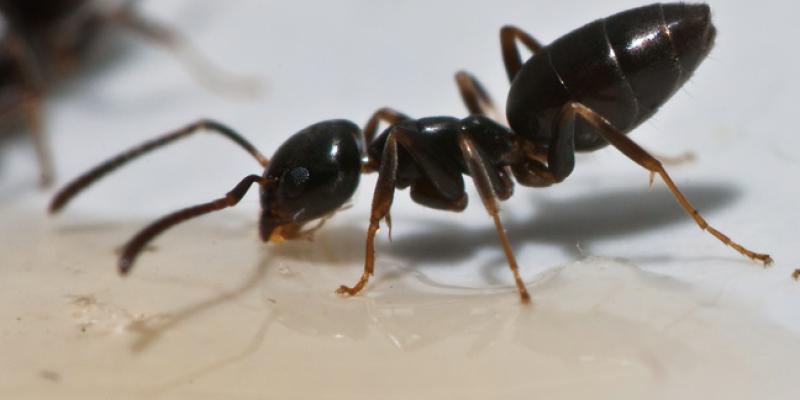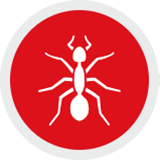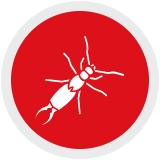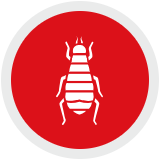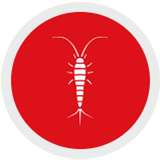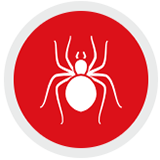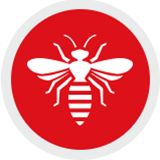More commonly known as “sugar ants,” odorous house ants are one of the most common ant species in the Pacific Northwest. They are active starting in late February and typically remain so through the spring months. Colonies of them will make their way into your home for food and shelter and are very difficult to remove once they’ve made their way inside. Learn more about these ants, how to identify them, and how to get rid of them with our FAQ below.
What do sugar ants look like?
Sugar ants are very small and black in color. All of the workers in the colony are the same size (about 2.5 mm). They tend to stay in colonies of hundreds or more in order to scavenge for food and find shelter. So, if you see one sugar ant in your home there are probably hundreds more that are going unseen.
What does the sugar ant colony look like?
There can be several (or many) queens in several locations, the workers can all trail together regardless of their home colonies, and the colonies frequently move from place to place, both inside and outside. They are constantly on the hunt for food and shelter to keep their colony alive.
Do sugar ants bite?
Sugar ants do not bite, sting, or cause damage to wood. They are more annoying than they are destructive in nature.
Where are sugar ants commonly found?
Odorous house ants can be very annoying as they frequently establish trails along kitchen counters, cabinets, sinks, and baseboards in their search for food.
Signs of odorous house ants
Odorous house ants get their name from the rotten coconut smell they emit when crushed, which is the most common sign of a sugar ant. The other biggest sign are large swarms of little black ants near pipes or crevices and baseboards.
Tips for Prevention of Odorous House Ants or Sugar Ants
- Remove any piles of debris, wood, and junk from around your house.
- Keep trees, shrubs, and plants trimmed and away from your home.
- Caulk cracks and crevices around foundations that provide entry from outside.
- Eliminate food sources inside the building or prevent access to suitable food by keeping it in ant-proof containers.
- Contact one of our experienced technicians to put together a safe, and eco-friendly IPM (Integrated Pest Management) program to provide a lasting solution to your Odorous House Ant concerns.
How to get rid of sugar ants?
When dealing with odorous house ants, it’s generally a bad idea to spray the visible trails with a standard insecticide, as the sudden loss of so many workers tends to put the colonies under stress, which fractures the colony, forcing the queens to take workers & larvae and split up. This means you will have multiple colonies to deal with instead of one. Instead of making the problem worse, it is smarter and safer to hire a professional ant exterminator.
Odorous house ants may be gradually eliminated with a variety of baits, but using baits alone can take an unacceptably long period of time. It is best to use a so-called transfer insecticide, with which the active ingredients are transferred from ant to ant, in conjunction with a baiting strategy. These types of insecticides are not available to the general public.

 (425) 318-7912
(425) 318-7912
 MY ACCOUNT
MY ACCOUNT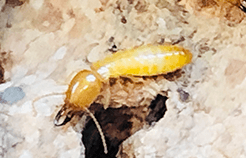
 425-318-7912
425-318-7912